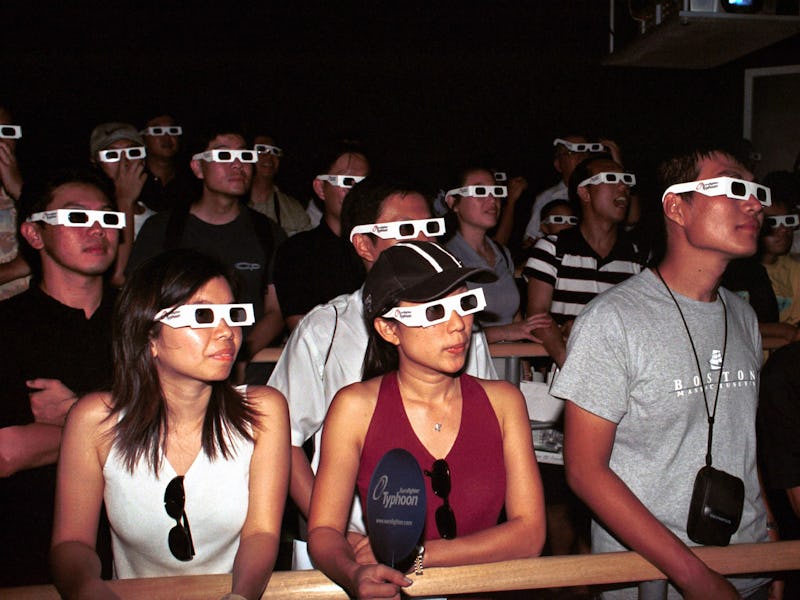Researchers May Eliminate 3D Glasses for Movie Theaters
Multiple parallax barriers within a single display!

When 3D movies like James Cameron’s Ghosts of the Abyss and The Adventures of Sharkboy and Lavagirl in 3-D ushered in the mainstream revival of the format in the early part of the millennium, the inconvenience of wearing bulky 3D glasses was mild — this was improved technology, after all! Special HD video cameras captured the footage, and the glasses — RealD branded, with polarized lenses — had advanced beyond the paper-framed red-and-blue ones of old, too.
Now that 3D movies have become as ubiquitous as Avengers spin-offs, the technology’s dependence on accessories feels ridiculous. Lucky for us, a team of researchers at the MIT Computer Science and Artificial Intelligence Laboratory is working on getting rid of them altogether.
As they describe in their new paper, published Monday in the journal ACM Transactions on Graphics, the Weizmann Institute of Science team has developed a concept they call “Cinema 3-D,” which will allow movie-goers to view films in 3D from any seat in the theater, without having to deal with any of the clumsy headgear.
The 3D TV industry has already surmounted this hurdle, with StreamTV Networks, a new media company, premiering glasses-free televisions featuring “Ultra-D” displays at CES earlier this year. But TVs and theaters rely on very different technology to screen 3D movies. Because TVs allow viewers to watch from within a relatively small range of angles and distances, it’s possible to use parallax barriers — a series of precision slits on the screen — to allow the right and left eyes to see a different set of pixels, thereby creating the 3D effect. But this doesn’t scale to the big screen because viewers seated in a theater inevitably watch from a range of distances and angles, making it impossible to set up parallax barriers that work for each viewer.
A current display.
But there is one more major difference between movie viewers and TV watchers that the Cinema 3-D researchers exploited: People at the movies rarely stand up and move around, the way TV watchers do, so their heads are more or less in a fixed position for the entirety of the film. Taking this into account, the CSAIL researchers figured out how to encode multiple parallax barriers into a single display — that is, the movie screen so that the 3D effect can be viewed from several angles. Then, using mirrors and lenses, the researchers found a way to multiply that view to all rows and seats in the theater using a series of mirrors.
Unfortunately, the Cinema 3-D study is just a proof of concept; that is, the technology definitely works, but at its current state — it currently involves 50 sets of mirrors and lenses — it’s way too complex and cumbersome to be practical. “It remains to be seen whether the approach is financially feasible enough to scale up to a full-blown theater,” Wojciech Matusik, a CSAIL scientist that co-authored a related paper, said in a release. “But we are optimistic that this is an important next step in developing glasses-free 3-D for large spaces like movie theaters and auditoriums.”